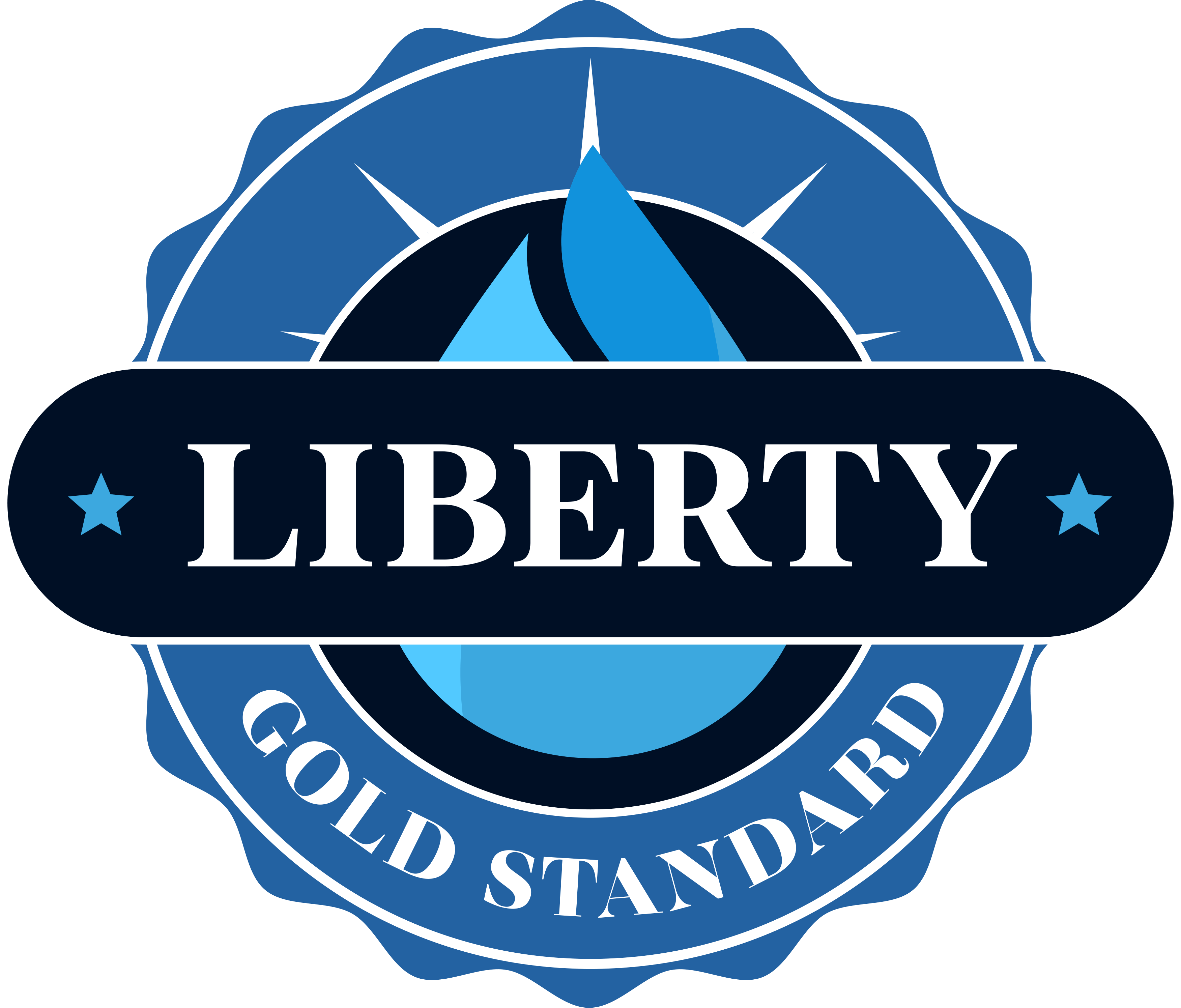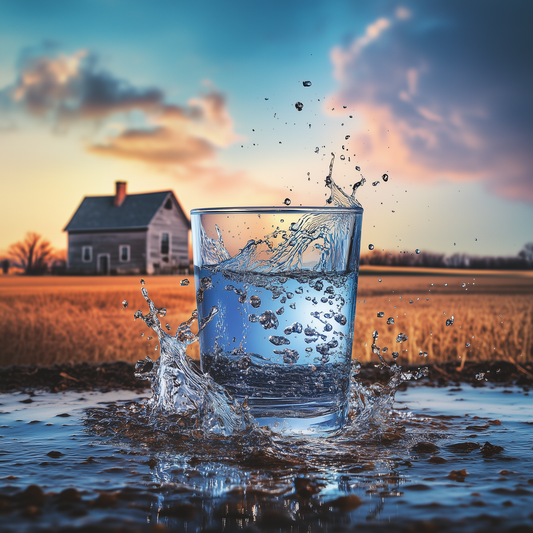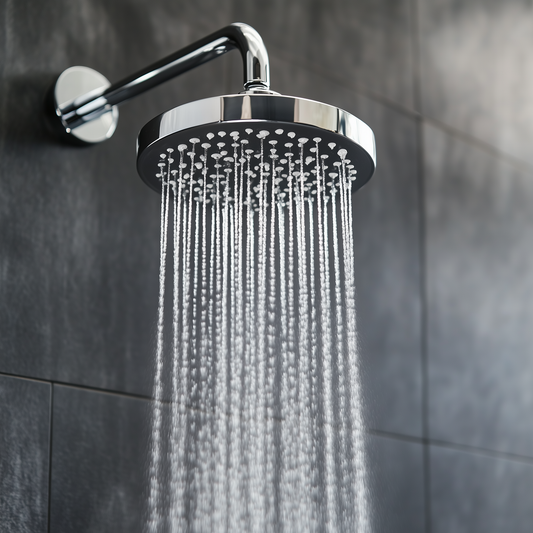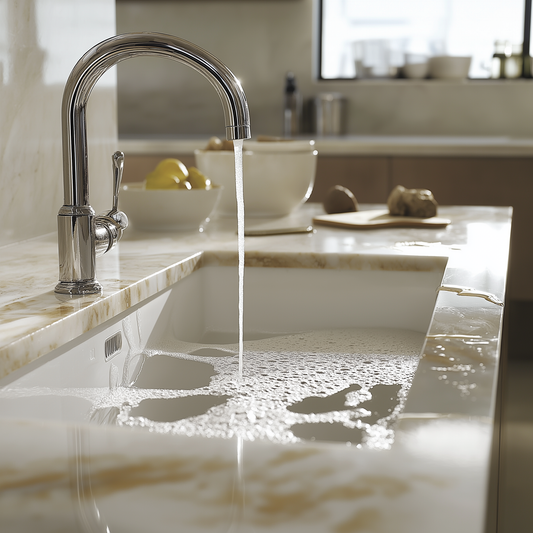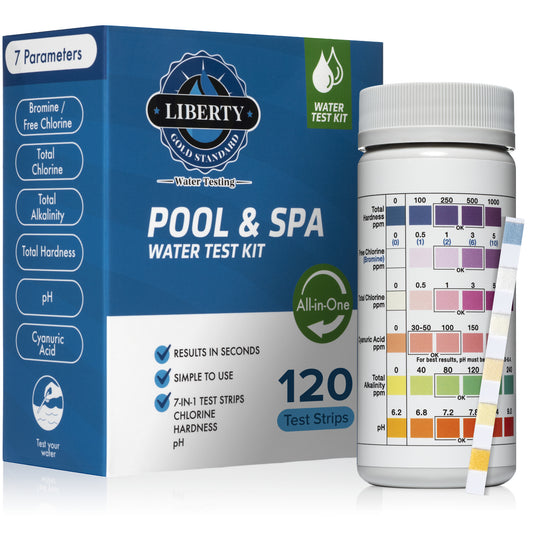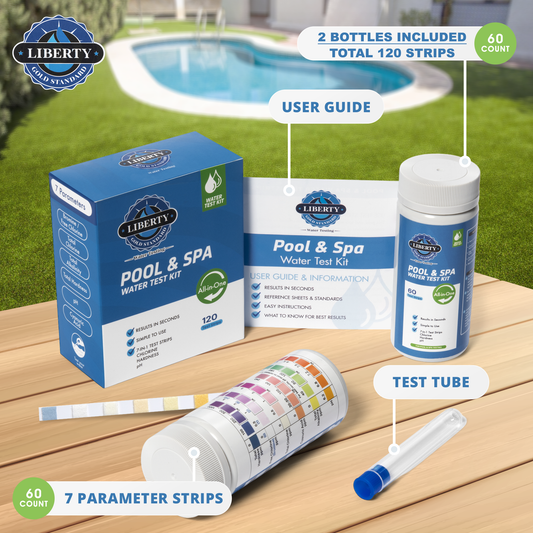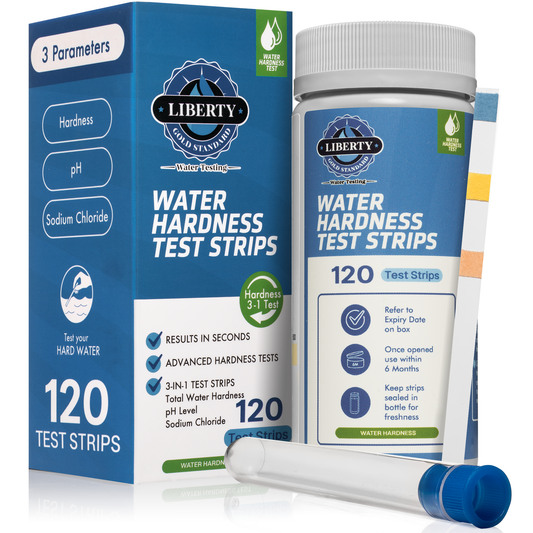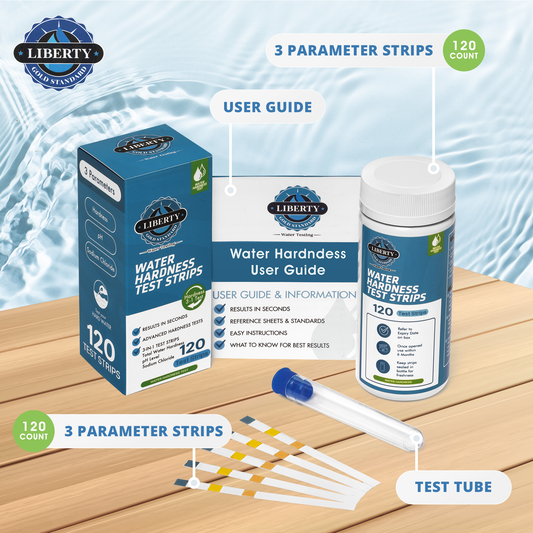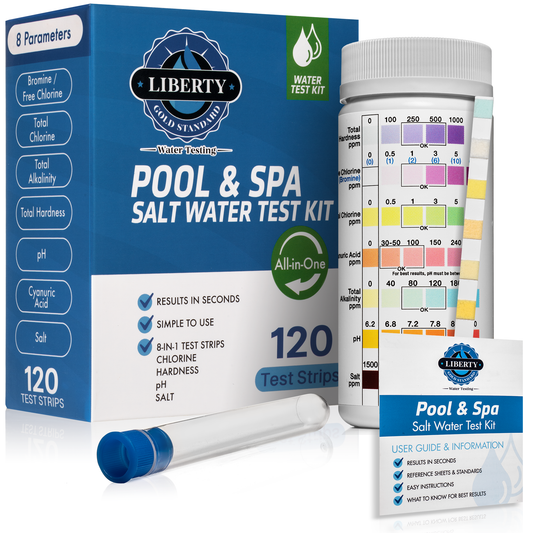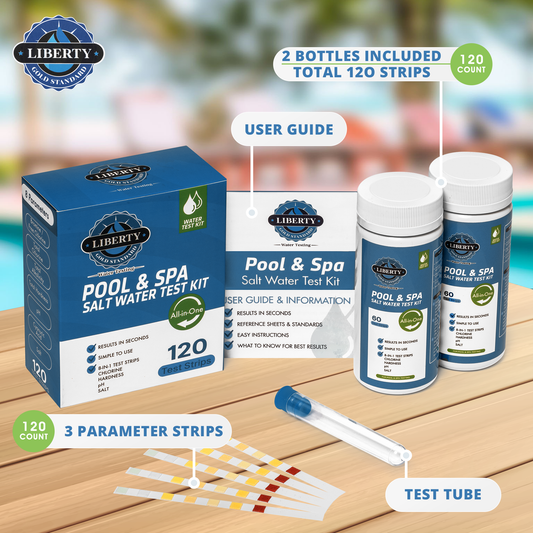When it comes to maintaining clean drinking water and pools, understanding the difference between free chlorine and total chlorine is crucial. Let's take a deeper look into the specifics of these two types of chlorine and the appropriate levels of free chlorine in drinking water.
What is Free Chlorine?
Free chlorine refers to the amount of chlorine available to sanitize and disinfect water. It is the active form of chlorine that is able to kill bacteria, viruses, and other harmful microorganisms. Free chlorine is essential for ensuring that water is safe for consumption and swimming.
The appropriate level of free chlorine in drinking water is typically between 0.2 to 4 parts per million (ppm). This range ensures that the water is safe to drink by effectively killing harmful pathogens. It is important to regularly test the free chlorine levels in drinking water to maintain optimal safety standards.What is Total Chlorine?
Total chlorine, on the other hand, includes both free chlorine and combined chlorine. Combined chlorine is the chlorine that has already reacted with contaminants in the water. While combined chlorine is not as effective at sanitizing water, it is still important to measure as it indicates the overall chlorine levels in the water.

Chlorine Used to Clean Swimming Pools and Hut Tubs
In pools, chlorine is used to kill bacteria and algae, keeping the water clean and safe for swimmers. The most common form of chlorine used in pools is calcium hypochlorite or sodium hypochlorite. These forms of chlorine are effective at sanitizing pool water and maintaining proper hygiene levels.
The ideal total chlorine level for a swimming pool is between 1.0 and 3.0 parts per million (ppm). This range ensures that there is enough free chlorine to effectively sanitize the water without causing irritation to swimmers. If the total chlorine level is below 1.0 ppm, it may indicate that there is not enough chlorine in the water to kill bacteria. On the other hand, if the total chlorine level is above 3.0 ppm, it may lead to skin and eye irritation for swimmers.
By understanding the difference between free chlorine and total chlorine, as well as the appropriate levels of free chlorine in drinking water, you can ensure that your water is safe and clean for consumption and recreational activities. Remember to regularly test and monitor chlorine levels to maintain optimal water quality. You can use specific water tests that just focus on pool and spas to test for chlorine and other important levels in swimming pools.
